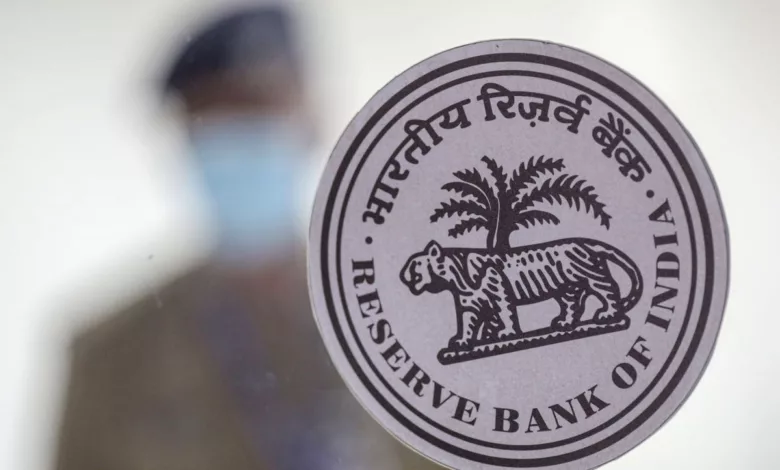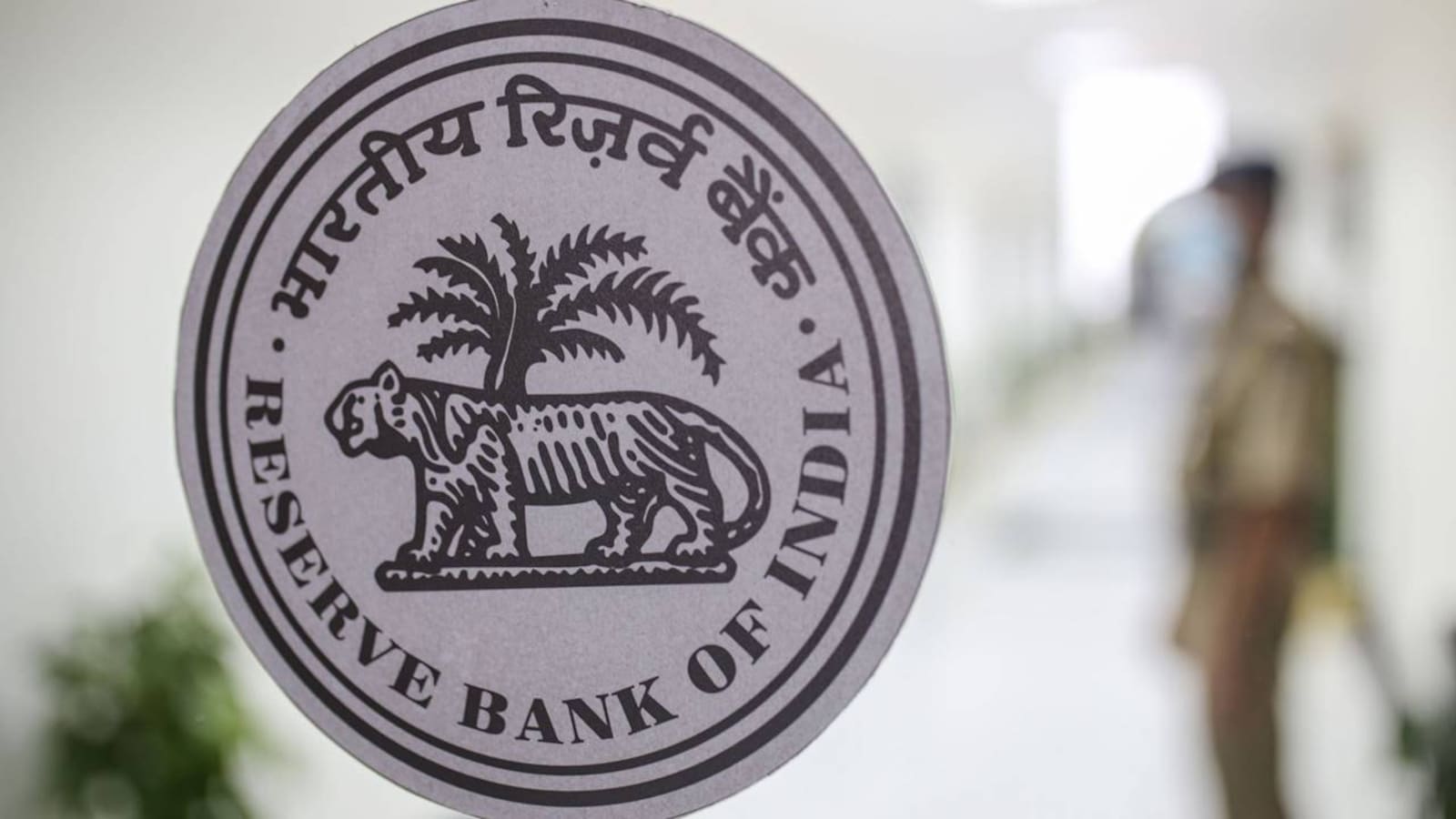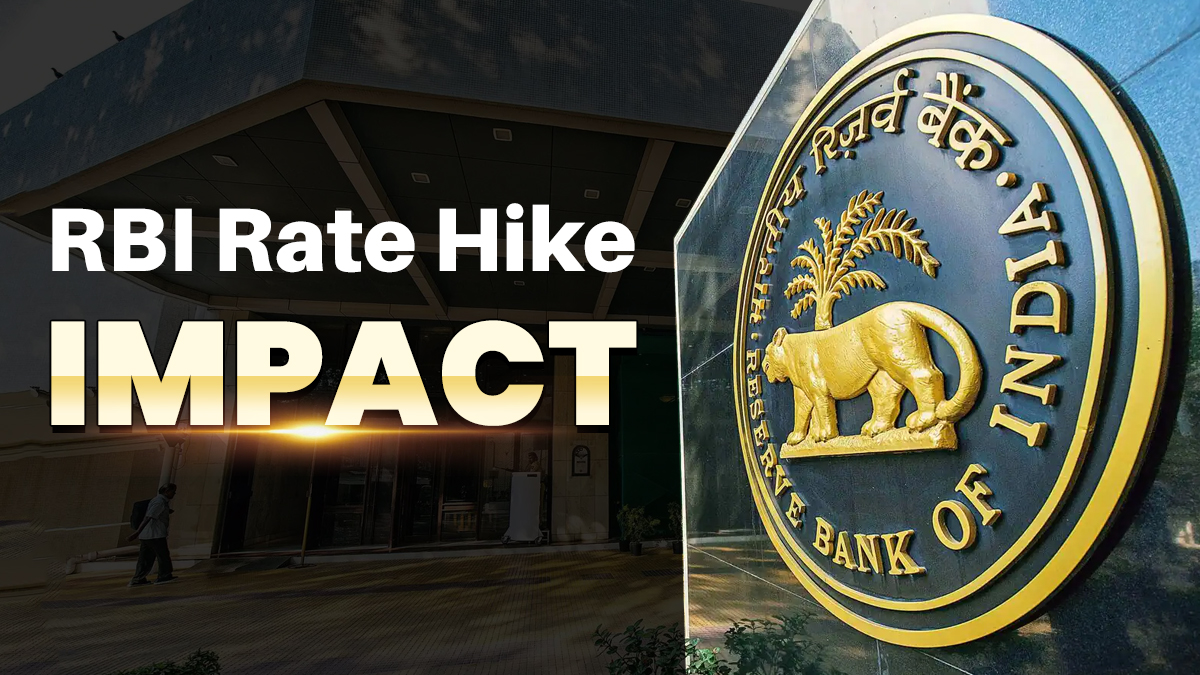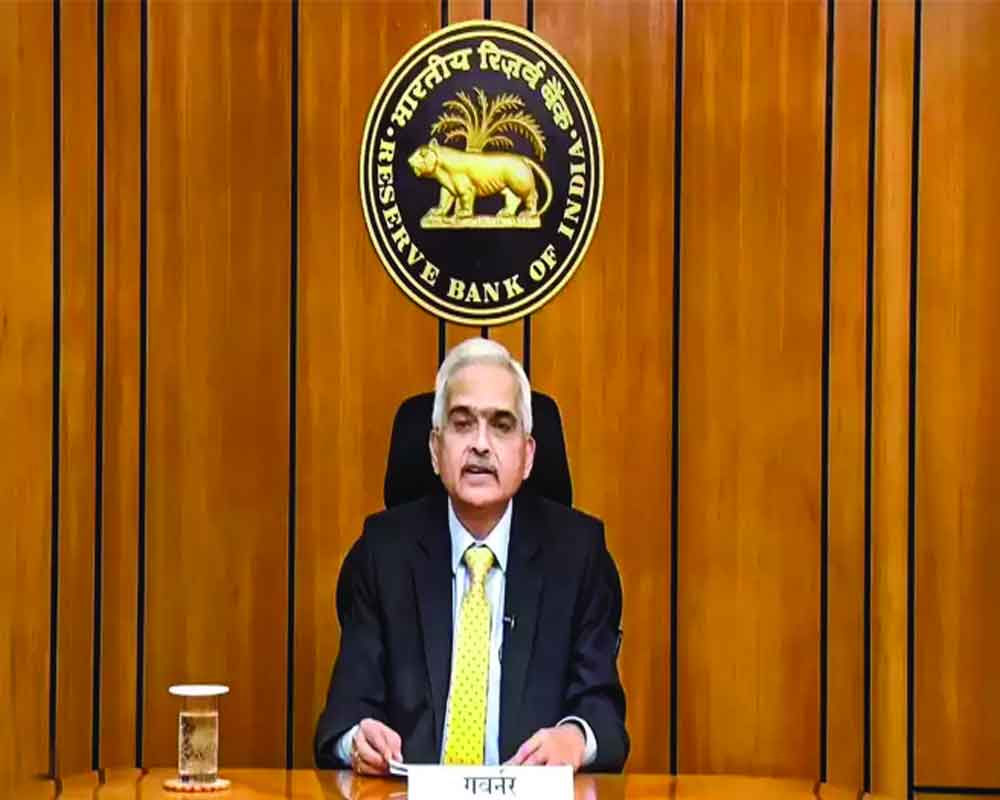Why The RBI Should Stop Raising The Repo Rate Till June
Even though a 25-bps repo rate increase has been predicted by the majority of economists, analysts, polls, and the "money market," it would be wise and desirable for the RBI to "pause" the rate-hike cycle, at least until the June review.

Shaktikanta Das, the governor of the Reserve Bank of India (RBI), and the other members of the Monetary Policy Committee (MPC) will have to make a Hamlet-like decision on whether to raise the repo rate or not when they decide on policy rates on April 6. The MPC must take into account two important goals before deciding to shift from an accommodating to a neutral posture on the “repo rate hike.”
Developed nations throughout the world are experiencing high inflation and weak economic development. The US Federal Reserve, the European Central Bank, the Bank of England, and the Swiss National Bank all steadily increased their interest rates over the past year to halt the recessionary trends.
During the past month, the aforementioned banks increased their rates by 0.25%, 0.5%, 0.25%, and 0.5%, respectively. In order to prevent the rupee from losing value, the RBI is therefore in a strong position to hike the repo rate. In the years 2022–2023, the rupee has lost (-) 8% of its value.
Both the CPI and core (inflation excluding food and fuel) are over the 6% tolerance level set by the RBA and MPC for domestic inflation. The CPI was 6.52% in January 2023 and 6.44% in February, inflation has been persistent.
From November 2022 onward until February 2023, Core CPI remained stable and is now over 6%. Inflation for cereals and other items has reached 16.73%, inflation for “milk and milk products” is staggering at 9.65%, and housing inflation is at 4.83% (down from 4.62% in January 2023). Thus, the RBI may continue to boost interest rates by another 25 basis points cumulatively the increase in repo rate.
Even though a 25-bps repo rate increase has been predicted by the majority of economists, analysts, polls, and the “money market,” it would be wise and desirable for the RBI to “pause” the rate-hike cycle, at least until the June review.
The sequential performance of the core sector as of February is down 7.8%; this is the first fall in five months and the performance is at a three-month low of 6% from 8.9% in January. The price of crude oil is down (−) 4.9%. The Index of Industrial Production (IIP), which has a “40% weight” in this index and will decrease to roughly 4.2% in February from 5.2% in January, will also see a decline. Unusual rains in March brought on by the El Nio impact may further reduce agricultural output.
If implemented, a repo rate increase of 25 bps will compel banks, HFCs, and NBFCs to increase their forward lending rates for all consumer loans, including mortgages, personal loans, and auto loans, as well as for loans to corporations, MSMEs, and growth-promoting real estate. This will have an adverse effect on both private CAPEX and growth via the multiplier effect.
The demand for affordable housing has already been impacted by the rise in loan rates, falling from 39% in 2018 to 26% in 2022. Even the availability of housing has been impacted, falling 20% from 3, 57,650 units in 2022 as opposed to 26% from 2, 36,700 units in 2021. The goal of providing homes for everyone by March 2024 will be further delayed as a result.
Moreover, the “rate rise” will always have a “lag” impact. Banks only raised lending rates by 125-150 bps and deposit rates barely by 100 bps despite the total rise in repo rates of 250 bps. Hence, even if the planned increase of 25 bps in April is not implemented, the banks will increase interest rates starting in April to close the “lag gap.” Brent crude prices have decreased from $90 per barrel to less than $79.93 per barrel, which will restrain the inflation of food prices as well as the CPI. It will halt the increase in transportation costs and the cascade impact of rising prices on other critical items.
The method used to calculate the CPI is inherently suspect and inaccurate. The “2012 basket of goods and services” used as the base year for the CPI calculation gives food and food constituents unrealistic “weights,” as consumer preferences and choices have changed significantly over the past 10-15 years due to changes in demographics, the rise of millennial and Gen Z, and the adoption of digitalization in buying and payment preferences as well as eating habits.
The present assigned “weight” of 47% in the CPI, which is extremely high, should be revised, and the base year should be changed to 2020 at the very least. Even the math’s used to calculate the CPI in January and February is suspect. Free rice and wheat provided under the PMGKY are given “zero weight” by the CPI, and the “weights” are then redistributed to other items under the category of “cereals,” which not only results in serious discrepancies but also distorts the “inflation” position of some categories that may not actually be experiencing high inflation.
Making policy decisions based on inconsistent benchmarks or unrealistic “weights” will cause untold misery for all stakeholders, including an excessive increase in bank interest rates, an increase in loan terms even after retirement, a reluctance on the part of banks to lend aggressively to growth sectors, and a significant decline in the value of bank bonds due to unjustified “rate hikes.” Further with aforementioned considerations in mind, it is wise for the RBI to “pause” the rate-hike cycle and adopt a wait-and-see strategy until the next review in June 2023.
The Significance of the RBI Repo Rate
It is one of the RBI’s Monetary Policies. The RBI Governor presides over the Monetary Policy Committee’s bimonthly sessions (MPC). It normally has six members. They collaborate to develop, manage, and alter policy rates. The RBI adjusts it based on the country’s liquidity situation or excess. The RBI loans money to banks through a formal arrangement that demands collateral. Securities and bonds are examples. To lend money, the RBI hedges and leverages against bank securities. Short-term borrowings include RR loans and trades.




